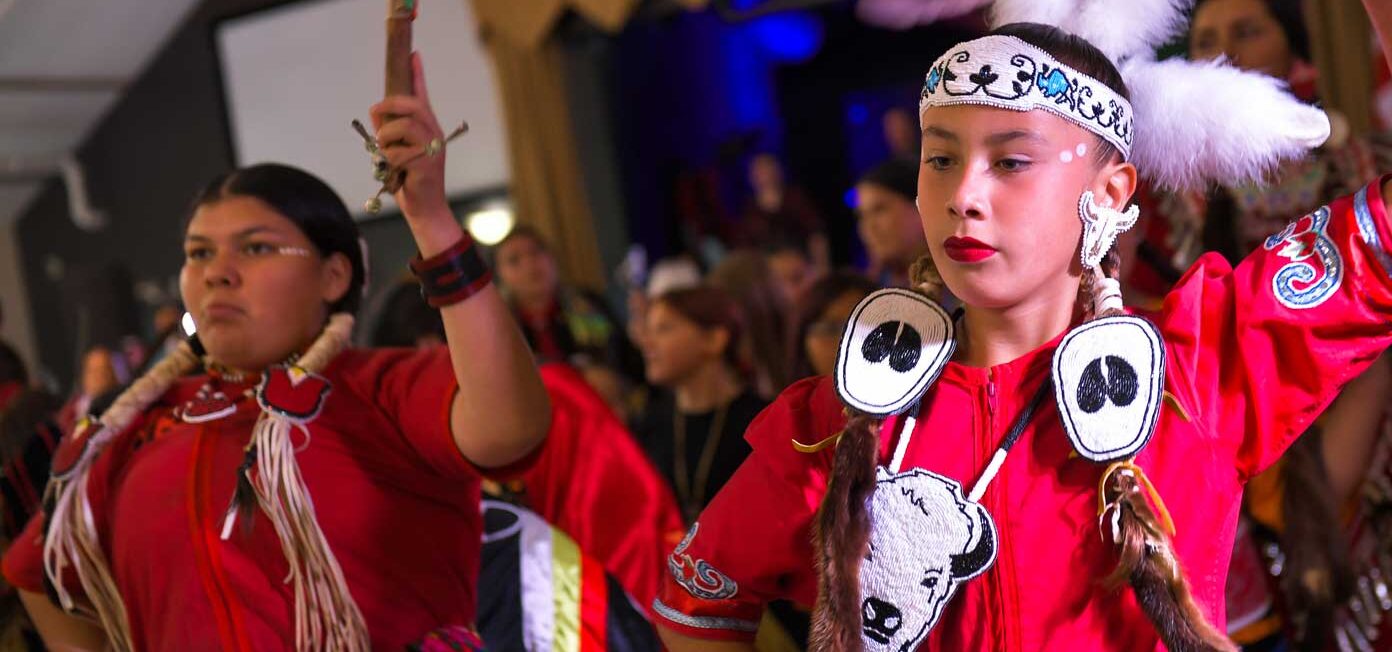Situated 10 minutes west of Baddeck, Cape Breton Island (Unama’ki) Nova Scotia, on the beautiful Bras d’Or Lake Biosphere Reserve, the Wagmatcook Culture and Heritage Centre is the cultural centrepiece of the Wagmatcook First Nation.
The Centre is a place for the celebration of many important community aspects, including: the fact that Wagmatcook is one the five Mi’kmaq First Nations located in Cape Breton, and is an original Mi’kmaq settlement and one of the oldest in Nova Scotia, that Wagmatcook is a bilingual community with Mi’kmaq and English used interchangeably by the Chief and Council and most of the community’s public institutions. Mi’kmaq language, cultutre and traditions are an integral part of the community.

The Centre’s surrounding community is a progressive Mi’kmaw Nation community of close to 900 people who have been a driving force in the self-government movement by pioneering one of the first Indigenous education agreements in Canada during the 1980s. Wagmatcook became one of the first Indigenous communities to manage its own education affairs. This was a huge step for the community in terms of incorporating cultural and traditional learning components into its daily curriculums while maintaining mainstream standards as well.

Established as an exciting point of pride amongst the people of our community, the Wagmatcook Culture and Heritage Centre opened in 2001, emerging as the heart of the community in terms of gatherings and socialization. The Centre’s future role in curating and interpreting Mi’kmaq culture, and in particular the cultural heritage and values of the Wagmatcook People, will be enhanced over the coming months and years, placing greater emphasis on the use of public spaces to exhibit artifacts, to display facts and stories, and to appropriately accommodate events, ceremonies and happenings that are important to the community.
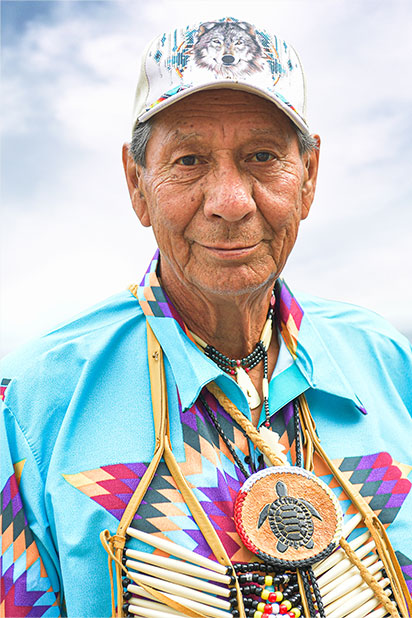
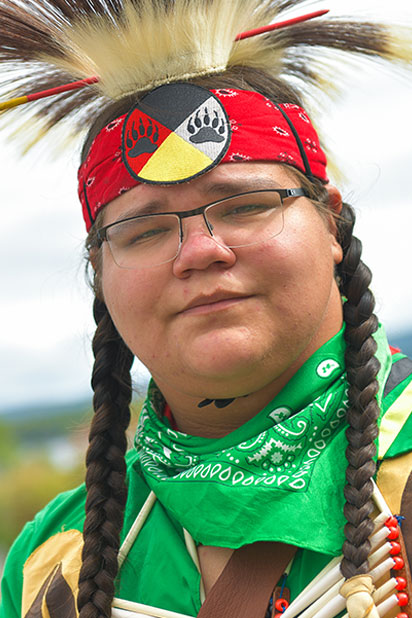
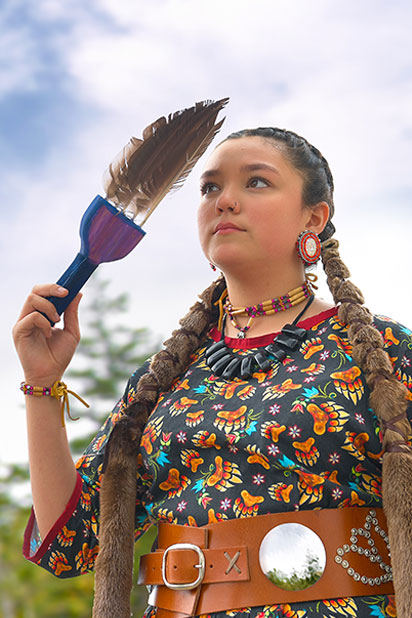
Spirituality, Legends and Stories
The spirituality of the Mi’kmaq is very old, dating back thousands of years, with deep connections to the land and the sea. Like much of Mi’kmaq culture, the beliefs and practices involving spirituality are passed from one generation to the other by the stories and the teachings of the Elders. The Mi’kmaq believe that a great spirit called Kisu’lk (the Creator) made the universe and everything in it. They believe that all things – plants, animals, people and Mother Earth herself – all have the Creator’s spirit in them and must be respected. And because everything on Earth is connected, no part should be exploited or abused. Each part must work in harmony with the rest.
Traditional Mi’kmaq spirituality includes the belief that there is a Spirit World as well as a physical world. The Creator teaches that people can gain knowledge and wisdom from both worlds. The Mi’kmaq believe there are spirits and people among us who can bridge these two worlds. A few examples include:
Because they believe all things are part of nature and must be respected, the Mi’kmaq give thanks when they use part of nature for their own needs. For example, when they cut down a tree, or dig up plant roots for medicine, or kill an animal for food, there are certain rituals that must follow to pay the proper respect – to give thanks for things they disturb for their own use. Some animals, like moose, give their lives so the Mi’kmaq may have food. They show respect to the moose by treating the remains with respect. The bones of the moose should never be burned or given to household pets, they should be used to make something or buried.
Kinap
A male spirit with special powers that he uses to help the Mi’kmaq.
Puowin (male) or Puowini’skw (female)
A sorcerer or witch who has powers which are used against the Mi’kmaq.
Keskimsit
A person born with special power, gifts or strengths.
Nikanijijitekewimu
A person who can predict the future.
Wiklatmu’j
A spiritual being who lives in the woods. He takes the human form of a man the size of a child.
Mi’kmuesu
A spiritual being who can take human form, and can appear and disappear at will. He can give supernatural powers to humans.
Skite’kmuj
A ghost or spirit of someone who died.
Skitemujewawti
Milky Way, a path to the Spiritual World.
(Source: Mi’kmaw Spirituality and Organize Religion – The fascinating formation of contemporary Mi’kmaw spiritual expression).
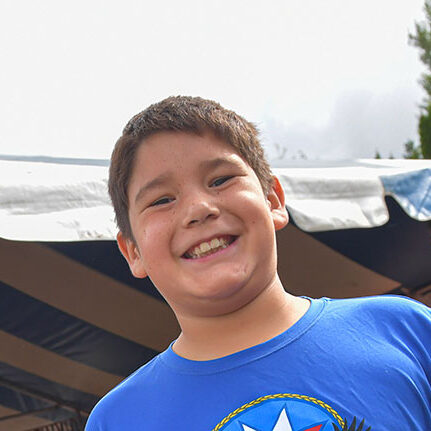
The Wagmatcook Culture and Heritage Centre recognizes and seeks to actively play a meaningful role toward the vision reflected in the 2014 Wagmatcook First Nation Community Plan:
“Because they are the future of our community, we will work to ensure that the young people of Wagmatcook are healthy, productive, educated individuals.”
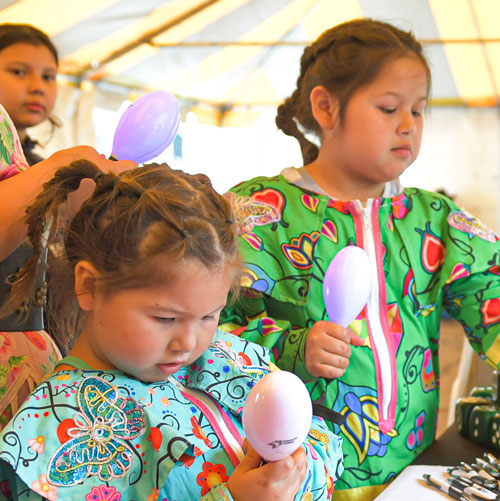
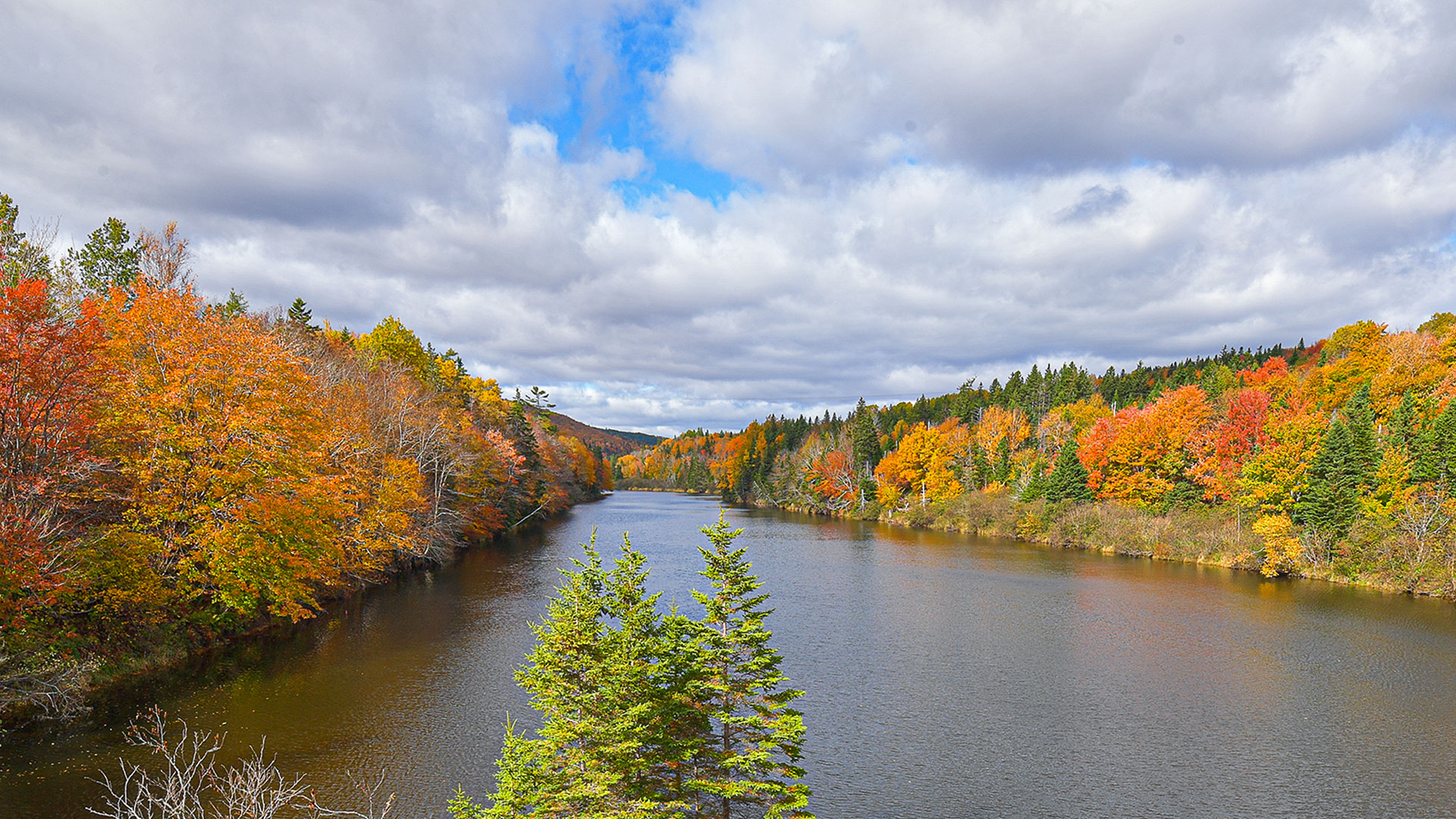
DISCOVER
Check out all the
services we offer
in the community
